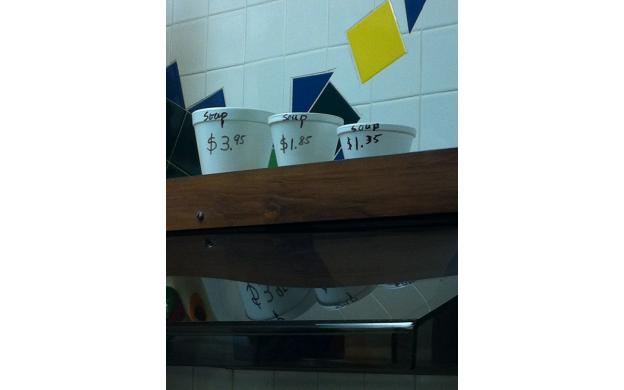This week the ASPIRE 5 class participated in their first Socratic Seminar of the year. On day one, the students read
Kaddo's Wall from the Junior Great Books Series. The story is an African folk tale in which a rich man, Kaddo, does not know what to do with his excess corn. Against the wishes of the poor citizens, he builds a wall from the corn. After seasons of drought, Kaddo is forced to eat his own wall, and he eventually begs to borrow seed to plant. In the end, he is so hungry that he can not help but eat his corn seed, which leads to his death. Thus, the stage was set for an engaging Socratic Seminar.
The next day, students were divided into pairs. One student was assigned to Circle 1, while the other was assigned to Circle 2. An Inquiry Discussion Question was presented for each circle. Students worked with their partners to form opinions using evidence from the text. They used post-it notes to record their ideas, and helped each other find passages from the text to support their views.
After the students completed their pre-discussion work, we formed an inner circle and an outer circle. "Coaches" sat behind their partners in the outer circle, while speakers formed the inner circle. Norms were presented and edited for the discussion to promote a courteous environment. When everyone was ready, we began the discussion. The goal was to keep a conversation going that provided many points of view and insightful opinions about the question. Rubrics were presented for students to evaluate themselves and their partner. The highest score on the rubric described students that volunteered, contributed to the discussion at a high level, and provided evidence from the text. Coaches were allowed to whisper and trade notes with their partners during the discussion. When Circle 1 was done, they completed the rubric, and reversed roles for the second question.
I was extremely impressed with the results of our first seminar. The students were polite, engaged, and contributed a wide variety of opinions and views. The responses showed higher level thinking, and they were supported with evidence from the story. Students actively coached their partner as the conversation progressed. There was never a minute of awkward silence, and the conversation flowed like an adult academic discussion. I did not have to intervene until we were running low on time, and a few students still needed a turn to speak.
Socratic Seminars are excellent tools because they can be used for all content areas. I am sure the students will find them even more interesting as we address controversial topics they have strong opinions about. Socratic Seminars provide students with opportunities to collaborate, communicate in front of the entire class, demonstrate high-level thinking, and support opinions with evidence. I am pleased with our first attempt, and I am looking forward to using it as a regular strategy throughout the year.








.jpg)